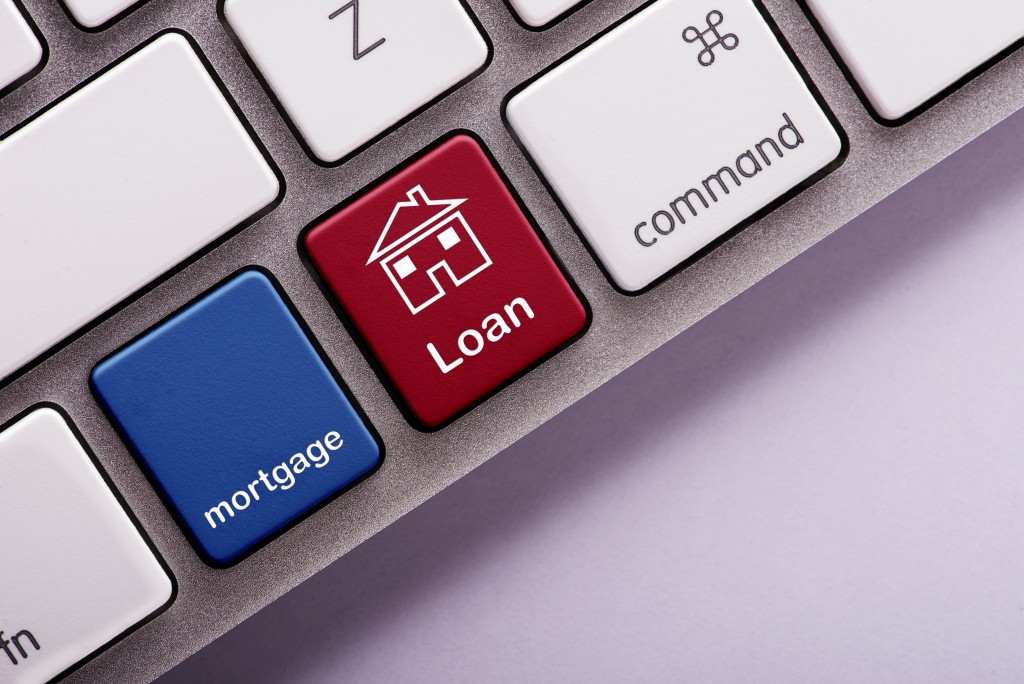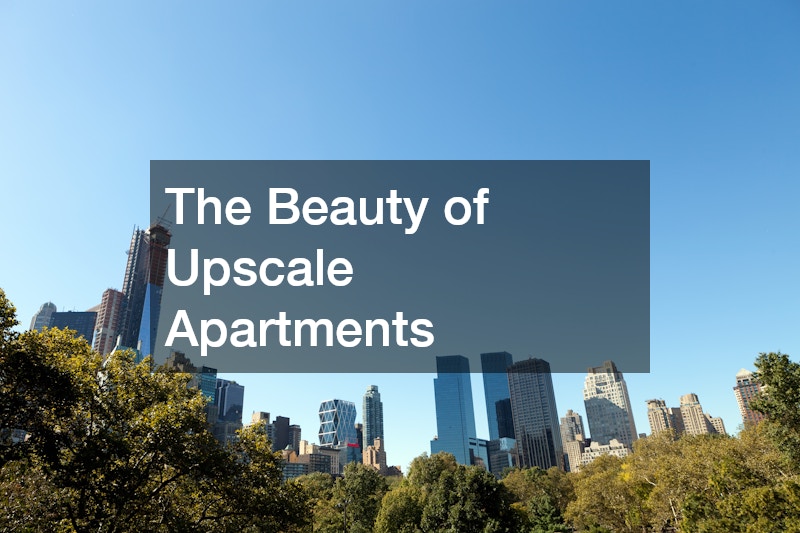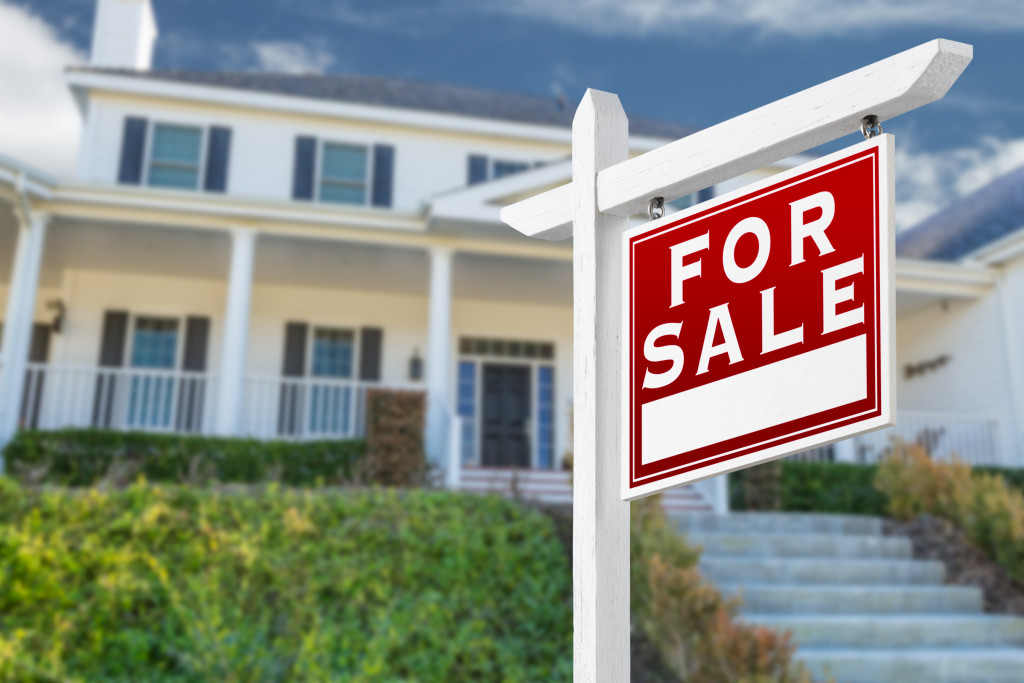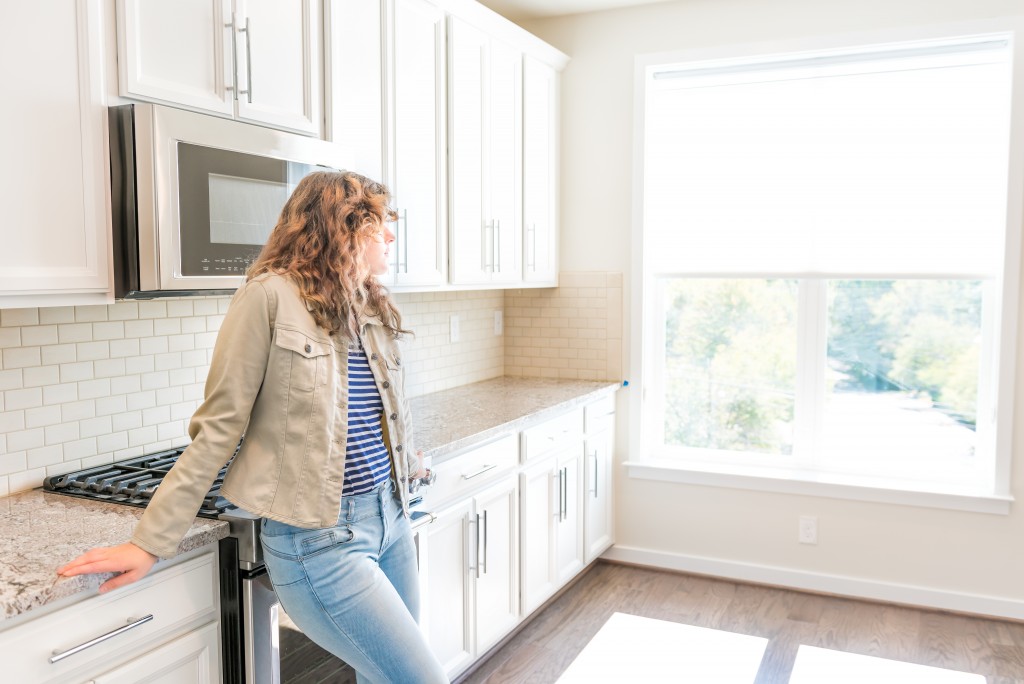It is not an accident that 30-year fixed-rate mortgages are commonplace in Connecticut. These loans represent affordability and security. They render repayment more manageable since the total mortgage balance is divided into 360 months. In addition to unchanging interest despite uncontrollable market forces, they become cheaper over time due to inflation.
However, do not let the popularity of 30-year mortgages fool you. They may be attractive at first, but they are the most disadvantageous on paper. Here is why.
You Will Pay a Premium
Naturally, 30-year home loans are associated with higher mortgage rates in Guilford, Madison, Bethany, Hamden, and other communities.
The luxury of having more time to repay everything you owe is not free. You will pay for this privilege, for your lender has to take a greater risk of financial loss waiting more months to be repaid. Like other creditors, mortgage lenders want to get their money back ASAP. As 30 years feel like an eternity, do not expect to get an interest rate you may get with a 15-year loan if you are opting for a 30-year one.
Moreover, you will absorb more interest all in all. As a general rule, the longer you can repay your principal, the more interest you have to pay. Check out the amortization schedule and do the math, so you will get the full picture.
You Might Borrow Too Much
Qualifying for a 30-year mortgage can create an illusion of affordability. If you buy a bigger house just because you can, you run the risk of over-borrowing since an oversized property is a liability on many levels.
First, it is pricier than a smaller comparative house. Second, it costs more to maintain, which is an unspoken responsibility of any homeowner. Third, it is more expensive to insure. It is imperative to be practical and realistic with your housing needs. Otherwise, you can easily fall into this pitfall and suffer the consequences for the years to come.
You Will Build Home Equity More Slowly
Home equity grows in four ways: putting a large down payment, reducing the mortgage principal, and enjoying steady property appreciation, and not borrowing against the house in the future. Getting a 30-year mortgage can slow down home equity because its term is too long to zero out what you owe on the property.
You Will Not Live in Your House for Three Decades

It is hard to commit to anything for 30 years, and a mortgage is not an exception. The fact that you are not likely to stay put halfway through your loan makes a 30-year mortgage less practical.
Recent research shows that average Americans move and resell their property after just 8.09 years of living in it. In other words, you are likely not going to finish your original 30-year loan, for you may take a new mortgage to buy a new primary place of residence in the future.
A 30-year mortgage is not for the frugal-minded, but the 15-year kind can be prohibitive. Your best loan candidate is actually a hybrid adjustable-rate mortgage. While it is not without risks, it combines the best of 30- and 15-year loans while diminishing their perceived negatives.



















